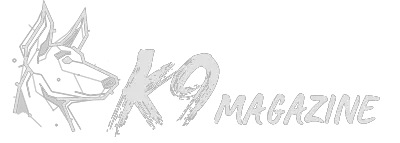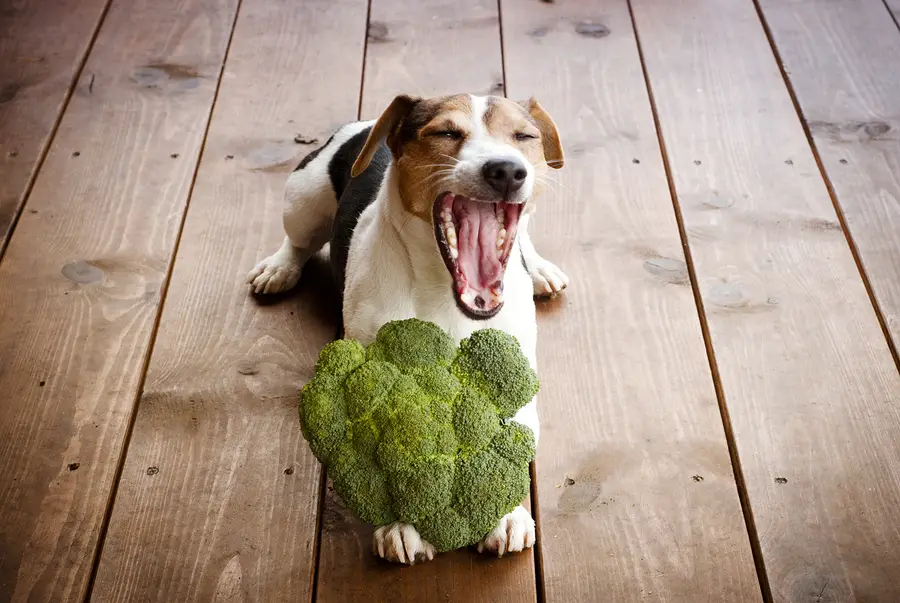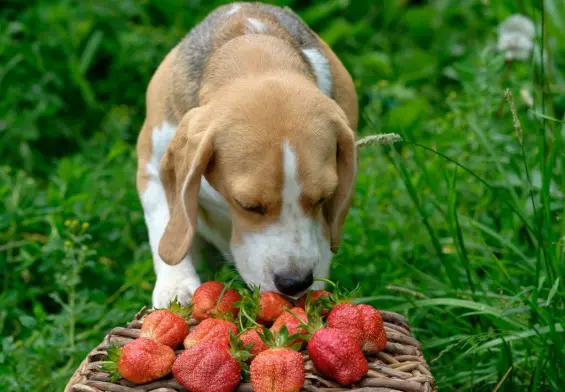Is Rhubarb Poisonous to Dogs or Can Puppies Have?
Fresh Strawberry Rhubarb pies are great in looks. However, it is as harmful as much as it is beneficial to the body. Indeed, humans and dogs can consume the stems without any complication; however, their leaves are very harmful to the health.
So, if you suspect that your dog has consumed a lot of rhubarb leaves, please consult your vet doctor immediately. You can also visit the ASPCA Poison Control Center for other resources. We will discuss the history and some facts about the Rhubarb plant in this post.
We will also discuss the harmful effects the rhubarb can have on your dog’s health.
The Nutritional and Fun Facts of Rhubarb
The rhubarb herb, which is also a perennial vegetable plant, has a sharp taste. The fleshy stalks are the only part of the plant that is fit for consumption. Its leaves, which are triangular in shape, are quite harmful to health, hence not fit for consumption.
Five species of rhubarb are fit for consumption and several other species are used for other purposes. In major parts of the United States and even Europe, the rhubarb stalks are usually cooked as desserts together with fruits. The resulting taste may vary though, it may have a tough and bitter taste and it may also have a tender and sweet taste.
The rhubarb roots are also medicinal. It is majorly used by the Chinese to make traditional herbal medicine. Different varieties of rhubarb roots have been used over time to cure several illnesses.
However, below, we will discuss the nutritional benefits of the rhubarb plant (stalks);
In every 100 grams of raw stalks, there are
- 93.6g of water,
- 288mg of potassium,
- 1.8g of fiber, and
- Some traces of other elements like magnesium, calcium, phosphorus, and vitamins A, C, and K.
These nutritional facts are based on findings from the USDA.
How Harmful are Rhubarb for Dogs?
Rhubarb poses a great danger to the well-being of dogs. The stalks are nothing to worry about as long as it is edible. However, if your dog eats the rhubarb leaves, then, it can be harmful to the dog.
The rhubarb leaves contain a high amount of soluble calcium oxalate which is crystalline in nature. These crystals contain two substances; the oxalate salts and the nephrotoxin oxalic acid, which are toxic to dogs. If oxalate salts are ingested by dogs, they will attach to calcium in dogs, and then get rid of it in the bloodstream.
A low amount of calcium in dogs will cause kidney failure, hence, not suitable for dogs’ consumption. Oxalic acid can corrode the tissues of the body due to its high acidity. If taken, it may burn the digestive tract and also destroy the kidney.
Sodium calcium oxalate can also cause kidney stones if consumed for a while, thus causing kidney failure and in a severe case can lead to death. However, the symptoms of a dog suffering from rhubarb toxicity include diarrhea, nausea, drooling, and blood in urine, loss of appetite, weakness, tremor, and loss of thirst. There will also be visible changes in the rate of urination.
Naturally, the rhubarb leaves are bitter in taste, so there are little or no chances that your dog will consume a large quantity of rhubarb leaves that can pose a threat to its health. However, if you observe that your dog has consumed enough of the rhubarb leaves and is in serious danger, then you should see your vet doctor immediately. If you cannot reach a vet at that moment, you can reach out to an emergency vet nearest to you or call the Animal Poison Control Center (ASPCA) on (888) 426 4435.
You can then be directed on what step to take. However, we suggest that you don’t feed your dogs with the rhubarb stalks nonetheless; just to be sure you don’t feed your dog with the toxic substance. However, you don’t have to worry if your dog consumes some stalks with the pie.
It is even beneficial to its health, no matter how little. It is a good source of fiber for the dog which regulates the digestion process in dogs. It also contains a high content of water which is good for hydration purposes in dogs.
This will enhance bowel movement in dogs. Rhubarb stalks also contain a large amount of potassium which is a very important nutrient for dogs. It regulates body fluids and the acidity level.
It also regulates contractions in muscle and nerve signals. Adequate intake of potassium can help eliminate water retention and also regulate blood pressure in dogs. Potassium also protects the kidney from kidney stones, osteoporosis, and strokes in dogs.
Wrap Up
With all the benefits that have been mentioned above, even though it is safe for dogs, we still recommend that you don’t feed your dogs with rhubarb stalks. However, you don’t have to worry if your dogs have somehow eaten the rhubarb stalks. It is just better to be on the precautionary side.
Also, we will like to remind you that the rhubarb leaves are harmful and we recommend that you don’t feed them to your dogs at all. Your neighbor may decide to keep some edible rhubarb in his garden and your dog may have come across it, of which, you may not be aware. However, if you suspect that your day may have taken the rhubarb leaves, or you notice any of the above-listed symptoms, please contact your veterinary doctor immediately.





